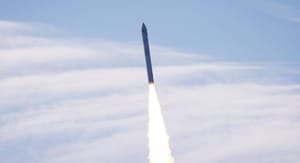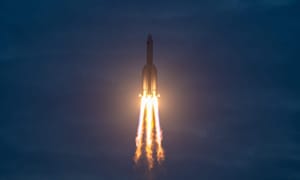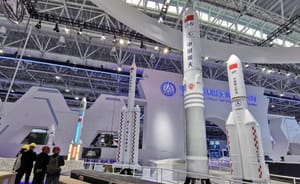
Disclaimer: Information on earlier versions of the Long March 9 is few and often contradictory.
China is a world-leading launch provider and has been planning to build one of the world's most capable launch vehicles since 2016. The Long March 9 has been compared to NASA's Saturn V and SpaceX's Starship-Super Heavy vehicle as it has evolved since being announced. Few in the Western world however know what the giant next-generation launch vehicle will be used for.
Evolution of the Long March 9
Initial design (2016)
The first version of the Long March 9, from 2016, was similar to previous rocket designs from China but much more massive. The first design had the rocket boasting a payload capacity of 150 tons to low Earth orbit, with approximately 50 tons to a trans-lunar trajectory. So far the Long March 9 has only undergone work at the China Academy of Launch Vehicle Technology, and potentially its subsidiaries.
This initial design had the rocket with a 9.5-meter diameter first-stage powered by four twin-nozzle YF-130 engines believed to be burning rocket-grade kerosene and liquid oxygen. These four engines are rumored to have had a total combined thrust of 1,958 tons of thrust. The gigantic first-stage would also have been augmented by four 5-meter diameter boosters, each with two twin-nozzle YF-130 engines. The eight YF-130 engines across the four boosters would provide an additional 3,916 tons of thrust for a combined thrust of 5,874 tons at liftoff.
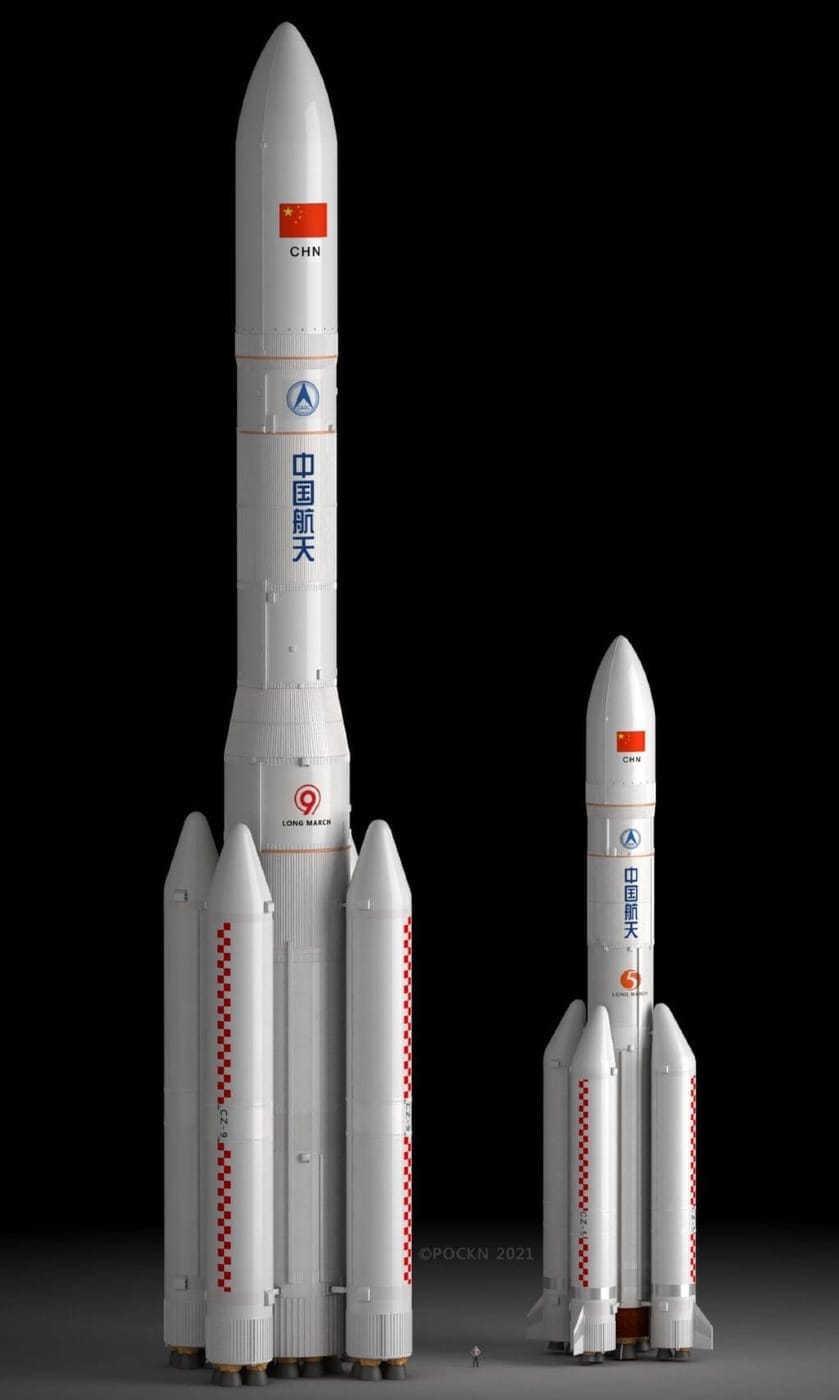
The 2016 version Long March 9 would also have had two stages burning liquid hydrogen and liquid oxygen. The larger of these two stages, the second-stage of the rocket, would have been powered by two YF-90 engines generating a combined thrust of 449 tons. The third and final stage of the rocket would have been powered by four YF-79 engines generating 99 tons of thrust combined.
On the launch pad, the 2016 version of the Long March 9 would have stood 103 meters tall and is believed to have had a fully fuelled weight of 3,997,000 kilograms. This version is also believed to have had two additional variants, the 9A which would have only had two boosters leading to a payload capacity drop to 100 tons to low Earth orbit, and the 9B which would have no boosters leading to a low Earth orbit payload capacity of 50 tons.
Reusable design (2021-present)
The Long March 9 in its modern form has been studied as well as being under development since early 2021, officially. This new design is larger than the 2016 one with the change to partially reusing the launch vehicle, via recovery of the first-stage. It also switched to a liquid methane and liquid oxygen fuelled first-stage. The payload capacity of the current Long March 9 design is believed to be 150 tons to low Earth orbit, 54 tons to a trans-lunar trajectory, and 44 tons to a trans-mars trajectory.
The new design for the first-stage is 10.6-meters in diameter with thirty YF-215 engines burning liquid methane and liquid oxygen to generate 200 tons of thrust each for a combined 6000 tons of thrust, higher thrust versions are also believed to be in development to increase the thrust to 6100 tons. It's currently unclear how the first-stage will be recovered, whether it be downrange or returning to the launch site, but due to the lack of landing legs in any current designs it will likely be similar to that of the Long March 10, which plans for first-stage boosters to be caught on a tensioned wire system.
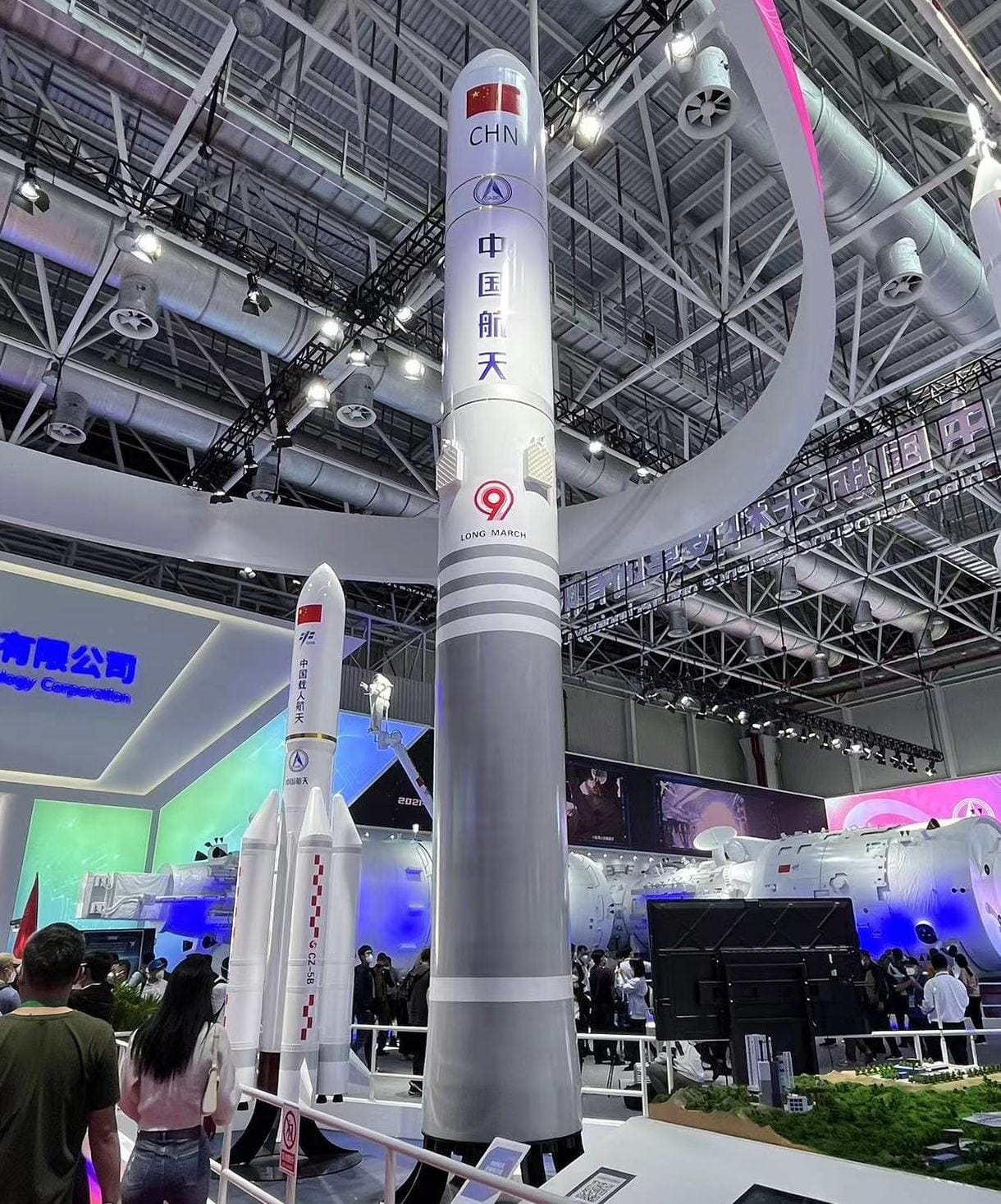
The newer design of the Long March 9 has however retained the liquid hydrogen fuelled third-stage with a new plan for the second-stage. For the new second-stage of the launch vehicle, it will be powered by two YF-215 engines generating 400 tons of thrust, initial plans have this stage expended but there is an ongoing study about the reuse of the second-stage. The third-stage is planned to be powered by four YF-79 engines, the same as the 2016 design, to generate 99 tons of thrust burning liquid hydrogen and liquid oxygen. With current plans for the Long March 9, the third-stage will only be used for missions headed beyond low Earth orbit.
On the launch pad, the Long March 9 will stand 114 meters tall and will have an approximate fully fuelled weight of 4,400,000 kilograms. For launches to low Earth orbit the vehicle will be in a two-stage configuration, with launches beyond using the liquid hydrogen third-stage as previously mentioned.
What is the Long March 9 designed for?
China has two major uses planned for the Long March 9: to support a growing presence on and around the Moon, and for building space-based solar power facilities in Earth orbit.
Lunar outpost
In support of an eventual permanent human presence on the surface of the Moon, thousands of tons of cargo will be needed to build and maintain a crewed outpost. This cargo could be anything from building supplies to consumables used by the crew, such as food, water, or clothes. For building this outpost, at least a few dozen launches of the rocket are to be expected once it starts flying. It's unclear if each launch headed for the surface will have a lander, as China's plans for a reusable lander around the Moon are currently unclear, but the 50 tons of cargo to a trans-lunar trajectory is not insignificant to help build an outpost.
The construction of China's lunar outpost is expected to begin in the mid-2030s after its initial planned crewed lunar landings before 2030. The lunar outpost is part of the country's International Lunar Research Station plans.
Space-based solar power stations
China is also looking to build space-based solar power stations around the altitude of geostationary orbit, these stations would appear to stay stationary from the ground and would be a visible dot in the sky. The idea for space-based solar power is not a new idea with the idea having existed since at least the 1970s.
China is keen to utilize space-based solar power stations to reach its carbon-neutral goal by 2060. The payload capacity of the Long March 9 into a geostationary orbit, or a geostationary transfer orbit, is currently not specified by the China Academy of Launch Vehicle Technology with a handful of launches believed to be required to send up the resources required to build each space-based solar power station.
Under current space-based solar power plans, low Earth orbit testing is expected in 2028, with a geostationary test planned for 2030. Full-scale construction is expected to begin after the Long March 9 starts flying regularly, likely around 2040.
Where is the Long March 9 now?
The Long March 9 is currently still in the development stage with some test hardware built for the vehicle's structure and engines. Development of the launch vehicle was signed off by the government of China in 2021. Currently, the Long March 9 is in a "project establishment (立项)" phase where the development will be fully defined and understood, this phase is believed to be planned to end at the start of 2025.
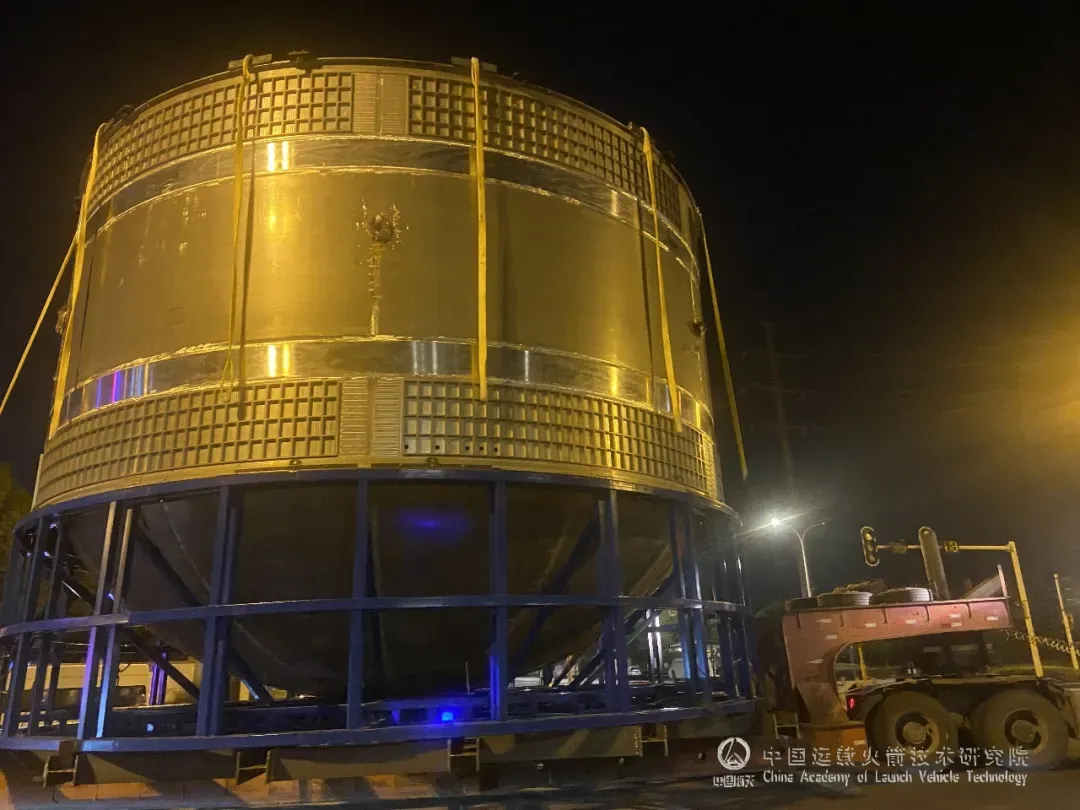
A maiden flight of the launch vehicle is currently not expected to occur until the first half of the 2030s. The rocket is believed to be planned to only launch out of the Wenchang Space Launch Site, located in the Hainan province in the south of China.

